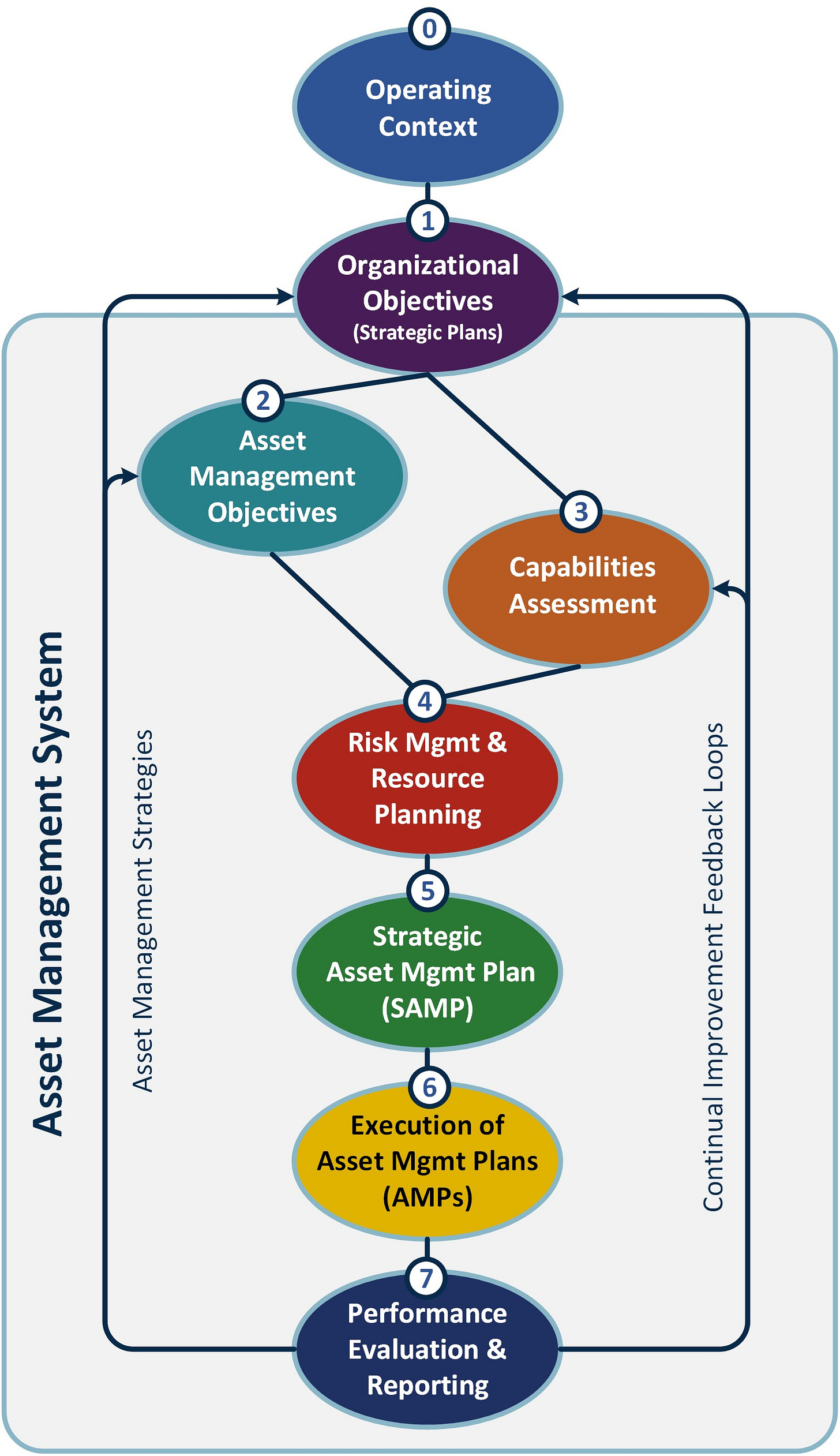Playbook on How to Engineer an Organization's Asset Management Culture
Asset Management Framework
Preface
This Asset Management Framework (AMF) Journal is a playbook on how to engineer an asset management culture. This entry recognizes culture as a leading indicator of organizational success. It therefore sees development of a positive asset management culture as an enduring pathway for value generation. The entry is organized as follows:
Introduction
Foundations for Culture
What is Culture and Why is it Important?
How does Culture Develop? What Influences Culture?
How to Begin Engineering an Asset Management Culture
Culture Engineering Building Blocks
Strategies for Asset Management Culture Engineering
The Asset Management Culture Engineering Playbook
Last Words
This journal entry is written for Asset Management Change Agents who wish to lead positive organizational change through development of an enabling culture. As will be detailed in this entry, culture is developed through experience and group interaction. Engineering an asset management culture requires application of disciplined asset management that is implemented through an Asset Management (AM) Framework, see below.
Disciplined asset management and an AM Framework provide a means to implement an engineered solution designed to maximize value generation. This delivery system is then used by executive leadership to guide and shape activities that will promote enduring, value generating asset management culture and organizational success.
Introduction
Peter Drucker famously stated: “culture eats strategy for breakfast”. So, if culture is so important, why do we not talk about how to manage culture more? Organizations have meetings for strategy development and publish strategies. Why not have meetings that talk about organizational culture?
Culture is important. From an outside viewpoint, an organization’s culture is one of the best leading indicators of success. From an inside viewpoint, culture is one of the most powerful determinants for teamwork and retention of talented people.
Culture and mission are related but different. Mission is something that is given to or assumed by an organization, it provides basis for the organization’s formation and purpose. Culture is something that is formed within the organization, it provides a sense of being and commitment. Mission is objective driven. Culture is generative and directional.
An organization’s culture does not just happen. It is formed. Its formation is related to context, mission, leadership, values, and shared experiences. This AMF Journal entry will take a deep dive on asset management culture. It will cover where it comes from, what it is, and why it is so important.
The purpose of this journal entry is to show how an enduring, value generating asset management culture can be designed and implemented. Culture is not a statement. It is not something that can be written down like a strategy and posted on a wall. Culture is something that is born from the heart. It is earned and it is contagious. It is also something that can be engineered.





